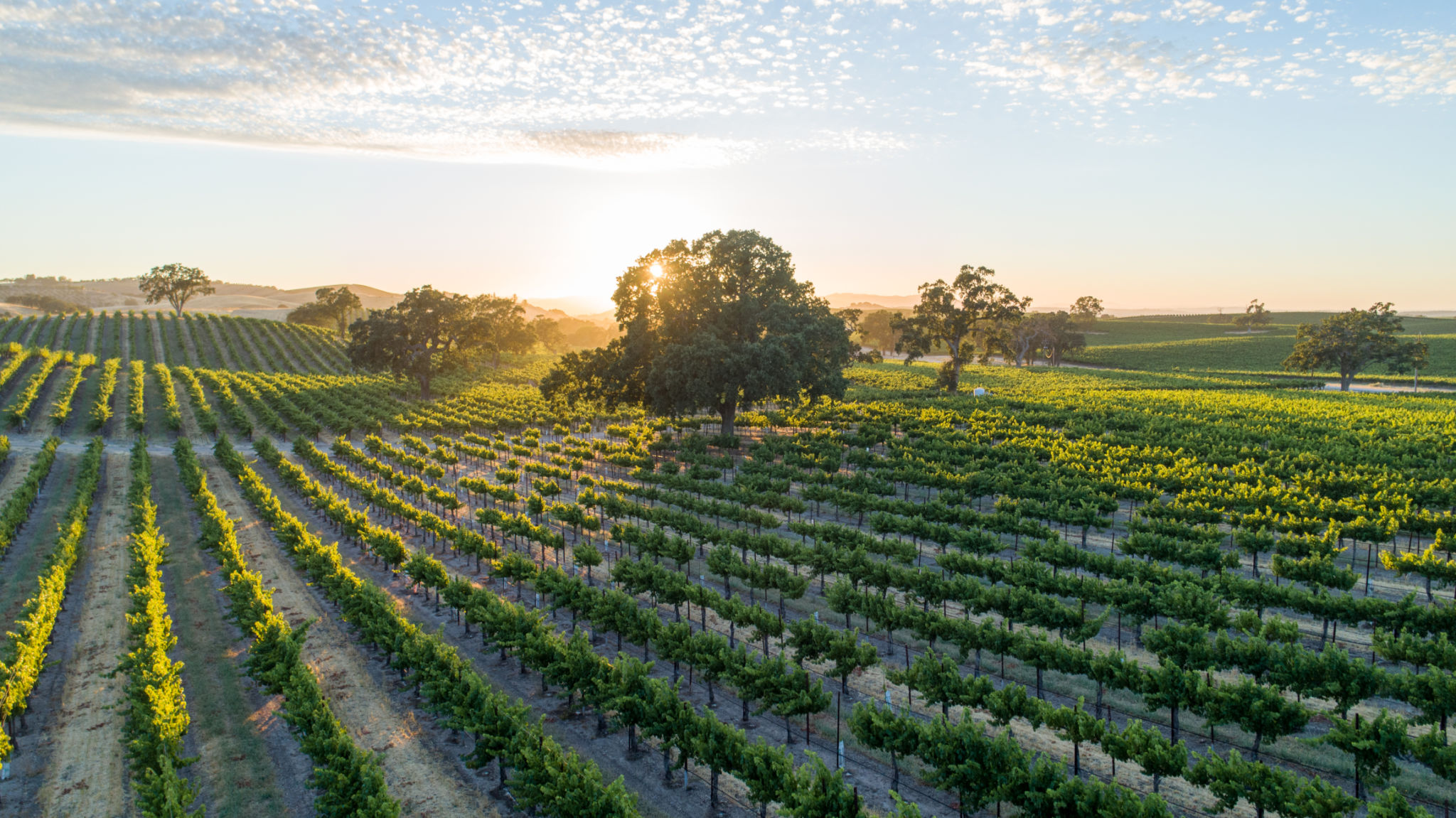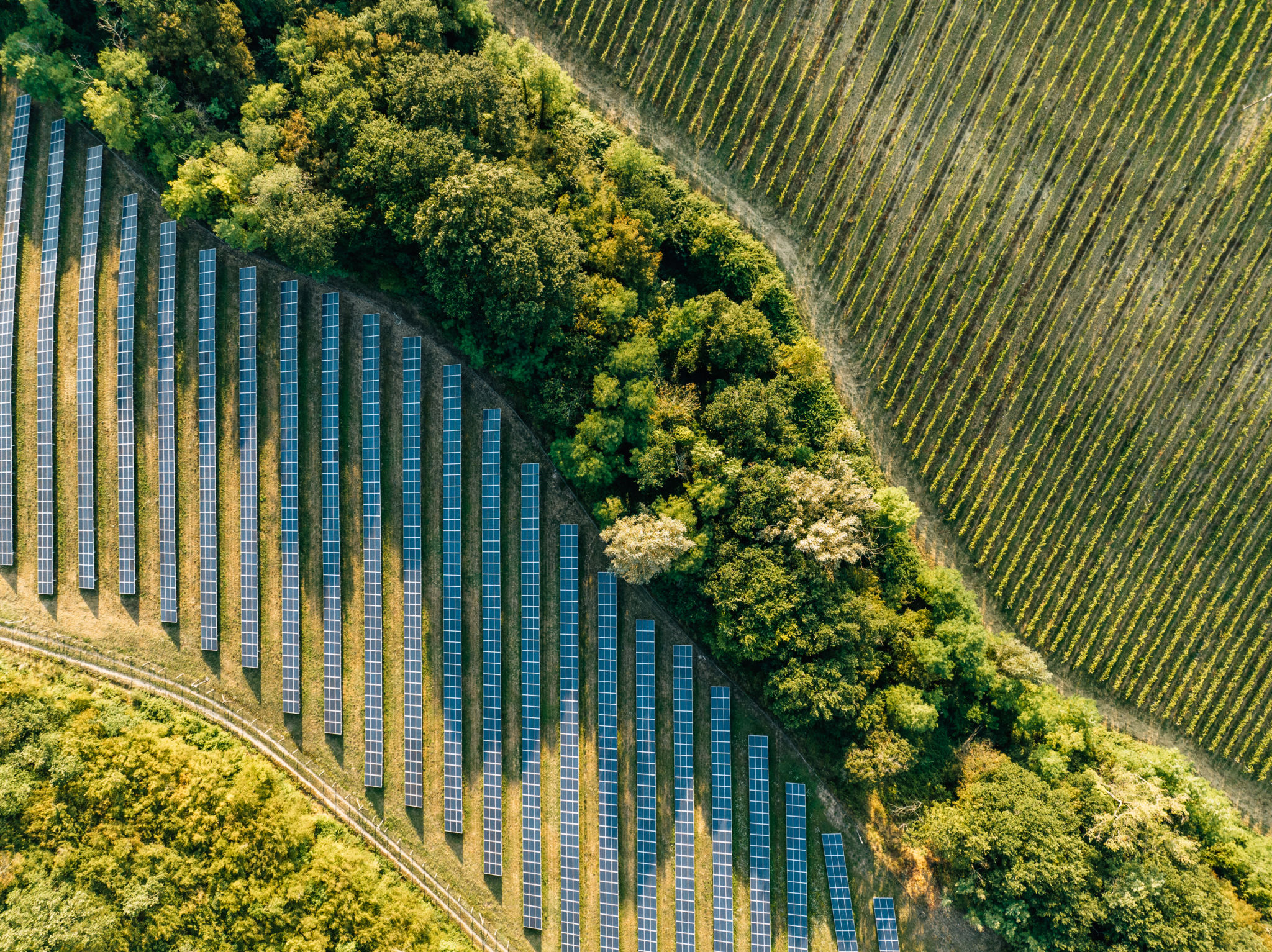The Rise of Paso Robles Wines: A Trend Analysis
HB
The Evolution of Paso Robles as a Wine Destination
Over the past few decades, Paso Robles has transformed from a lesser-known wine region to a prominent player on the global stage. Nestled on California's Central Coast, this area is now synonymous with high-quality wines that rival those of Napa Valley and Sonoma. The diverse microclimates and varied soil types contribute to the production of exceptional wines, making Paso Robles a must-visit destination for wine enthusiasts.
The rise in popularity of Paso Robles wines can be attributed to several factors, including innovative winemaking techniques, a strong sense of community among local vintners, and the region's commitment to sustainability. These elements have combined to create a dynamic wine scene that continues to attract attention from critics and consumers alike.

Exploring the Varietals of Paso Robles
Paso Robles is renowned for its diverse range of varietals. The region boasts over 40 different grape varieties, with the most notable being Cabernet Sauvignon, Zinfandel, and Syrah. However, what sets Paso Robles apart is its ability to produce lesser-known varietals like Mourvèdre and Grenache with equal finesse.
Winemakers in Paso Robles are not afraid to experiment and push the boundaries of traditional winemaking. This spirit of innovation has led to the creation of unique blends and styles that capture the essence of the region's terroir. As a result, wine enthusiasts can enjoy a wide array of flavors and textures that are distinctly Paso Robles.

The Role of Sustainability in Paso Robles
Sustainability is a cornerstone of winemaking in Paso Robles. Many vineyards have adopted eco-friendly practices, including organic farming methods and water conservation techniques. This commitment to sustainability not only benefits the environment but also enhances the quality of the wines produced in the region.
Consumers today are more conscious of the environmental impact of their purchases. As such, the sustainable practices employed by Paso Robles wineries resonate with modern wine drinkers who prioritize eco-friendly products. This alignment with consumer values is an essential factor in the growing popularity of Paso Robles wines.

The Impact of Tourism on Paso Robles
The burgeoning wine industry in Paso Robles has also spurred a rise in tourism. The region offers visitors a charming blend of rustic beauty and world-class amenities. From wine tours and tastings to gourmet dining experiences, Paso Robles provides a comprehensive wine country experience.
Local businesses have benefited from this influx of visitors, leading to economic growth and increased investment in the area. The tourism boom has also fostered a sense of community among residents and business owners, further enhancing the appeal of Paso Robles as a premier wine destination.
Challenges and Opportunities Ahead
Despite its success, Paso Robles faces challenges that could impact its future growth. Climate change poses a significant threat to grape production, potentially altering the region’s microclimates and affecting harvests. Additionally, competition from established wine regions requires constant innovation and marketing efforts.
However, these challenges present opportunities for Paso Robles to showcase its resilience and adaptability. By continuing to prioritize quality and sustainability, the region can maintain its upward trajectory and secure its place among the world’s top wine destinations.
Conclusion
The rise of Paso Robles wines is a testament to the hard work and dedication of the region’s winemakers. With its diverse offerings, commitment to sustainability, and burgeoning tourism industry, Paso Robles is well-positioned for continued success. For wine enthusiasts seeking new experiences and flavors, this vibrant region offers a taste of California’s rich viticultural heritage.